Craftsman Tool Chest
-
Actually you should make the holder with tapered holes just because I want to see how you do it.

KISS is best.

-
Know a good tool and die man?
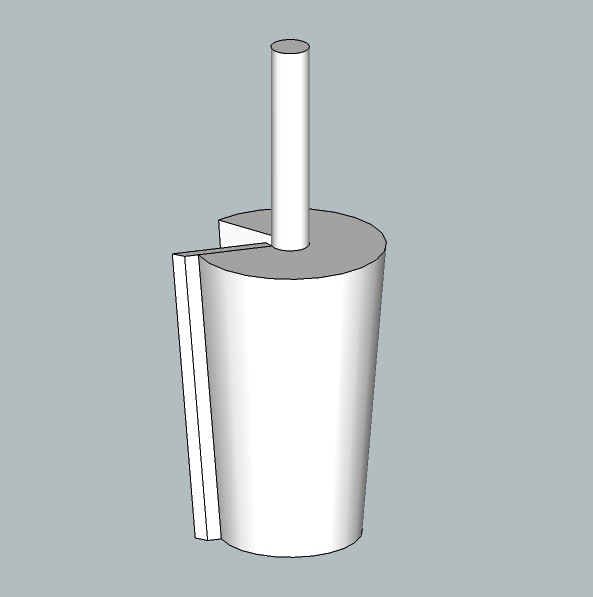
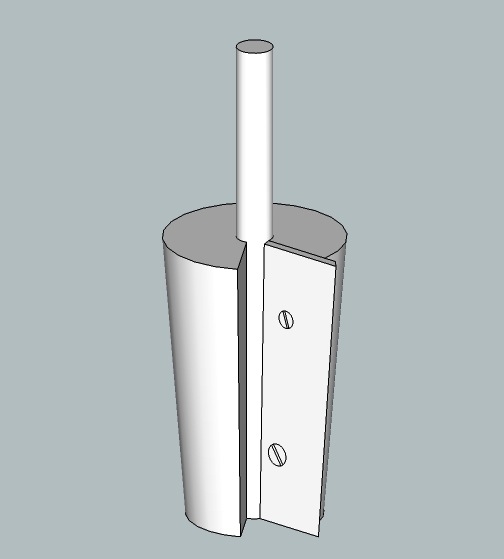
-

I used to.
-
I was being facetious by the way

-
I know. There are boring tools for cutting tapered holes. Windsor chair makers and other chair makers for that matter would use them. There's probably one sold by Brian Boggs. Still, a couple of readily available Forstner bits would do the trick.
-
This is a scan of the article so I was just following as close as I could and see if I could do it in SU probably won't build it that way however. But after all it is a Craftsman Tool Chest.
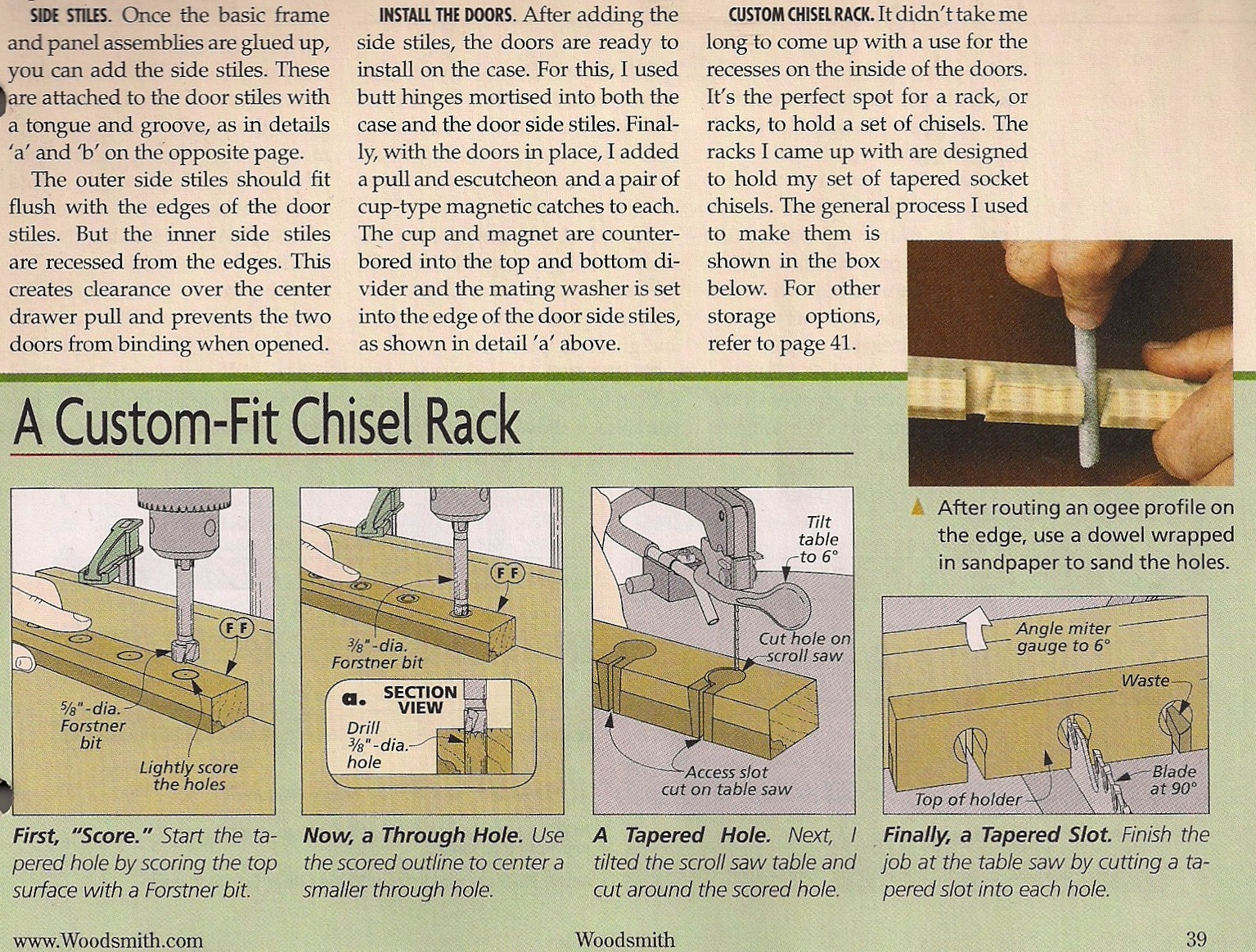
-
Ah. I see. That seems like a lot of work to me. Good SU practice, though.
-
Aw man, I saw the title and thought you were making one of these.

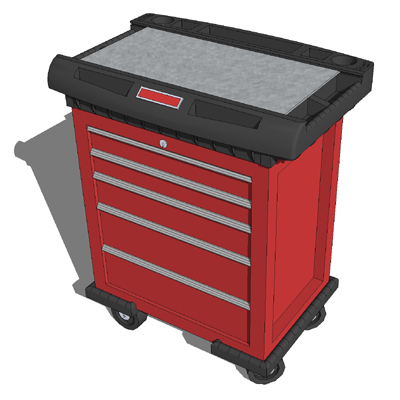
-
Check it out, it was a lot trouble but it was good practice I used your method in the stopped chamfers tut cut and paste in place and used the solid tools for the first time since I bought SU
-
@ Eric maybe someday. Here's peek I got so far

-
That looks great. I long to make one of those myself someday. My tools are just laying around inside the cart I posted above, not very organized.
If I may, a visual tip with SU. If you turn your back face color to a black or near black you wont' get the white jaggies showing up in your image export.
-
Thanks Eric great suggestion

-
@unknownuser said:
If I may, a visual tip with SU. If you turn your back face color to a black or near black you wont' get the white jaggies showing up in your image export.
Yes, that's a good suggestion. I do that before I make image exports although I use my default green back face color while drawing.
Walt, it looks like a good model. Keep up the good work.
-
Am I missing something? Seems to me that modeling a tapered hole and slot for the chisels is infinitely easier in SketchUp than in real life. In real life, I'd probably use a reamer, like the one Dave R. mentioned that Windsor chair makers use. In SU, I'd make a hole for the smallest diameter, then use the Offset Tool to set the largest diameter on the top face of the board. With the Move/Copy Tool, I'd pull the smaller diameter over to the larger one, tapering the hole. Then, for the slot, I'd turn on X-Ray view and hidden geometry. Trace over hidden geometry lines to mark where the tapered slot falls on the hole, then carry those lines through the board and across the faces. A little erasing, and I'm done. Took longer to type these abbreviated instructions than it did to do the modeling.
dh -
David, I agree with you. Modeling it would be easier than making the real thing. I'd still just use the counterbored holes in real wood.
I can think of several ways to create the tapered hole in SketchUp. Using Cardinal Points is one, Autofold, another.
-
As I agree with Dave I wouldn't go to the trouble to do the tapered holes in the shop a simple hole and dado as he said earlier but he sorta challenged to see if I could do it in SU so this is how I went about it. Circle tool, made cylinder to 1/16 more than top af taper with PP, scaled bottom of cylinder to ah better to just show you
Sorry about video quality need to improve on that.
-
Good work, Walt.
-
Thanks, that's an extreme compliment coming from my mentor.

-
Well moving forward, sometimes 1 step forward 2 steps back. the chisels were somewhat tedious but it's all about experimenting and trial and error. I hid the middle drawers so the inside was visible.
Thanks for looking
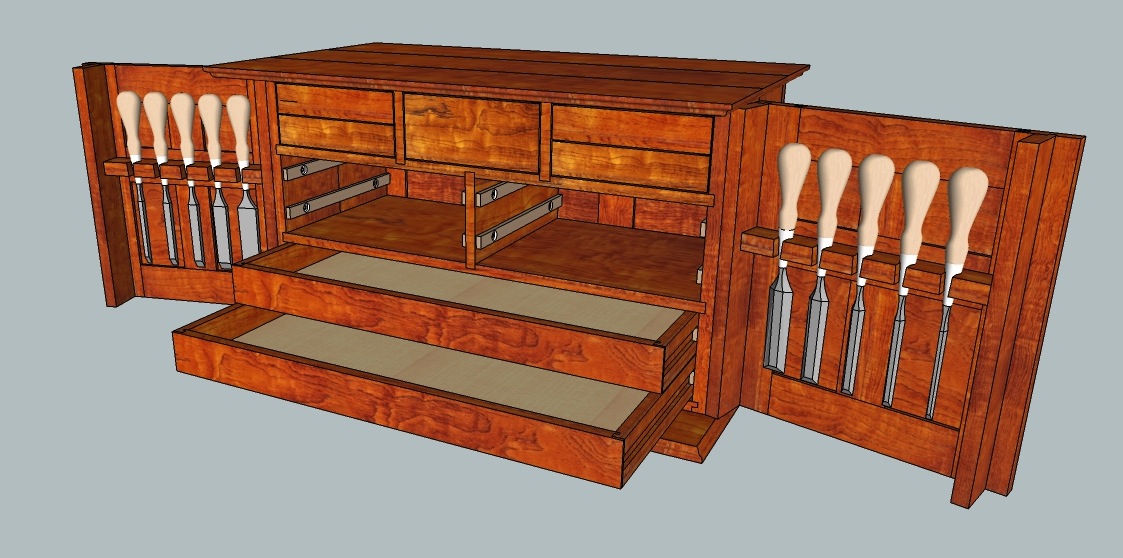
-
Nice work. I think your drawers should have green felt in them So should those in the tool chest.

Advertisement







